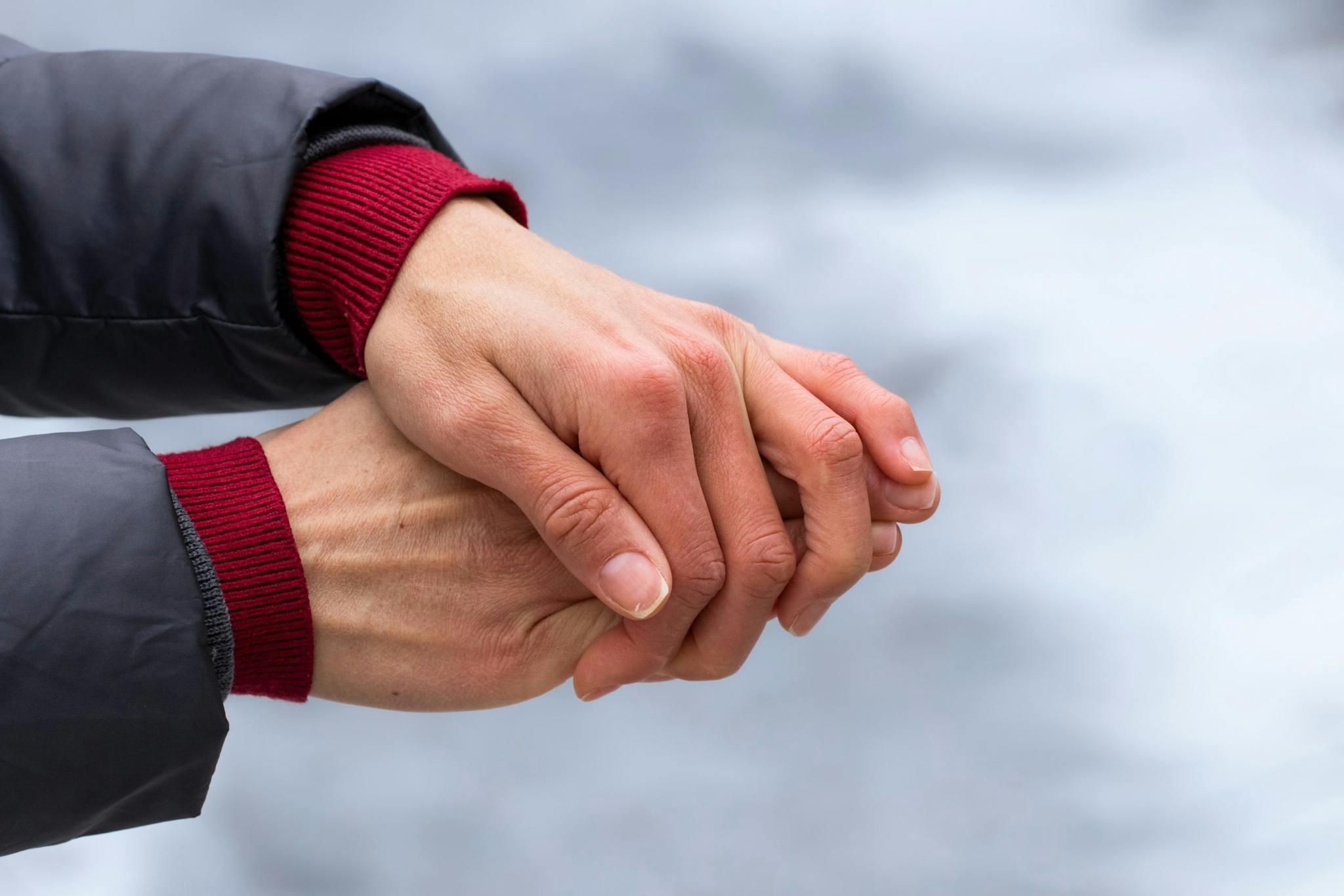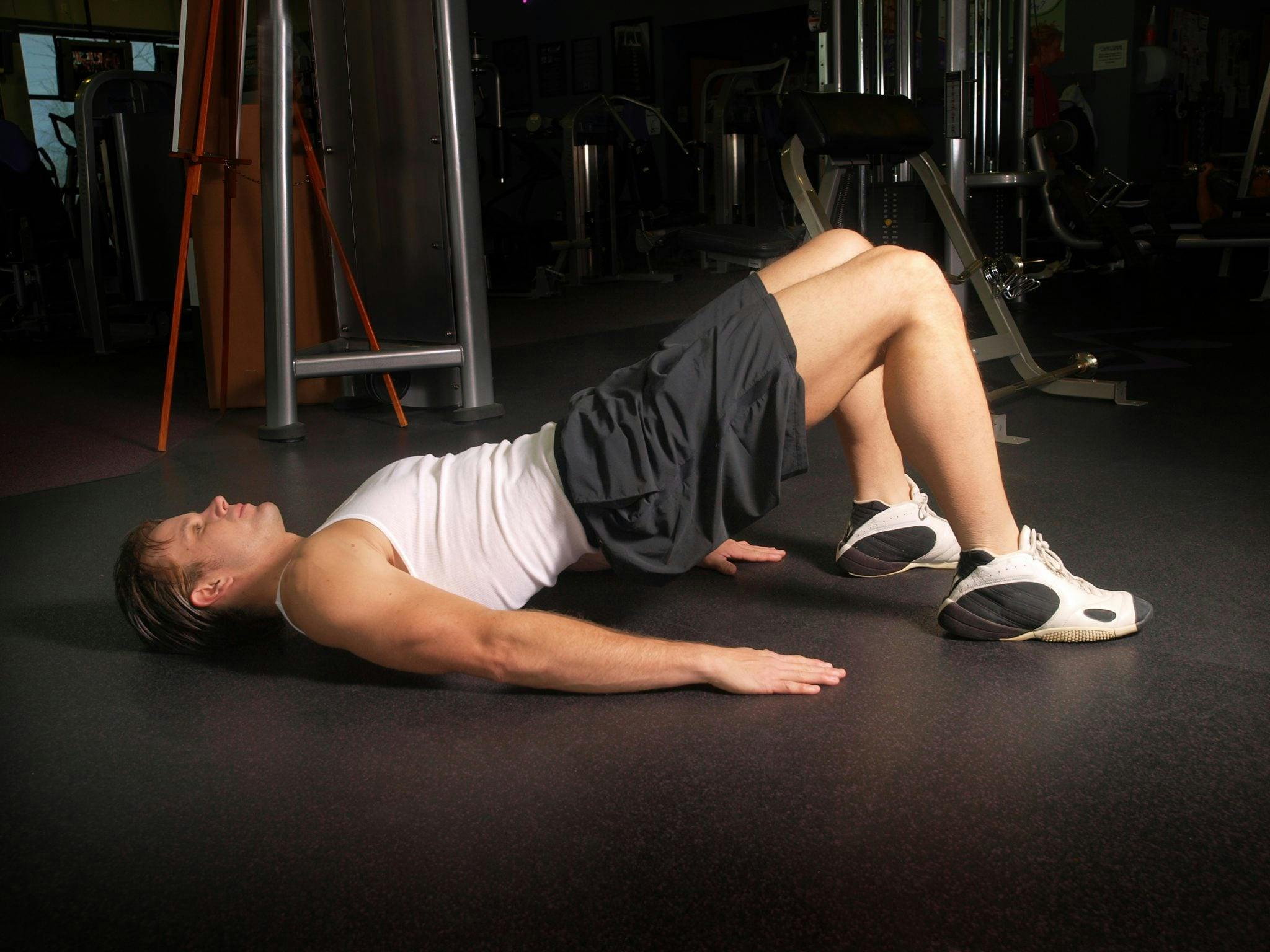
April 22, 2024
What Deficiency Causes Cold Hands and Feet?
- Family Medicine
- Internal Medicine
August 7, 2017 | Family Medicine

In the past, rest and immobilization were deemed the best treatment approach for people with arthritis and osteoarthritis. Today, doctors recommend keeping the hips and knees moving to maintain muscle strength around those joints and prevent additional damage, such as fractures. Here’s what you should know about exercising with arthritis, without increasing pain or risking injury.
Because certain types of exercise put harmful pressure on joints and the surrounding muscles, there are a few types of exercises you’ll want to stay away from if you have osteoarthritis of the knee or hip:
Fortunately, there are several other types of activities that are great for people dealing with knee and hip osteoarthritis.
These are mostly simple, straightforward exercises that can help get the heart pumping and keep the limbs active. Examples of good cardiovascular exercise for osteoarthritis pain might include:
If walking or biking is too painful, swimming and other water-related activities aren’t as painful due to less weight on the joints—though swimming also doesn’t delay bone loss in the same way that weight-bearing exercise can.
Many people assume that things like weight-lifting are bad for arthritis pain, but research has shown the opposite: strengthening the muscles around the joints helps relieve pain and lessen the burden on your joints. Studies show that people with osteoarthritis in the knee who engaged in strength and resistance training reported decreases in pain and increases in mobility.
In addition, research has shown that strength training reduces the risk of falls, which are a serious concern for many people with osteoarthritis. Exercises like yoga and tai chi can also be helpful with balance and preventing your risk of falls.
Exercises that allow the knees and hips to perform their full range of motion in an “unforced” manner are beneficial to people with osteoarthritis. They allow the joint to lubricate itself and heal previous damage, and help increase flexibility over time.
After checking with your doctor about any limitations you may have, you’ll want to begin at two or three times per week on these exercises and gradually work up. In general, you’re looking for two or three sets, with eight repetitions per set.
Exercises for the hip include:
Make sure you can be shown how to perform these exercises correctly or have a professional observe your form—doing them incorrectly can cause issues.
Exercises for the knee include:
There may be other exercises that can help with general osteoarthritis pain. Ask your doctor about these and whether they may benefit you. If you’re dealing with serious pain from osteoarthritis, your doctor can recommend a proper fitness plan.
“Knee and Hip Exercises for Osteoarthritis.” WebMD. http://www.webmd.com/osteoarthritis/features/knee-hip-exercises#1
“7 Easy Exercises to Beat Osteoarthritis Pain.” Healthline. http://www.healthline.com/health-slideshow/exercises-to-beat-oa-pain#1

WRITTEN BY:
Michael Carlson, MD


April 22, 2024

April 9, 2024

March 22, 2024

February 12, 2024
This information is not intended to replace the advice of a medical professional. You should always consult your doctor before making decisions about your health.